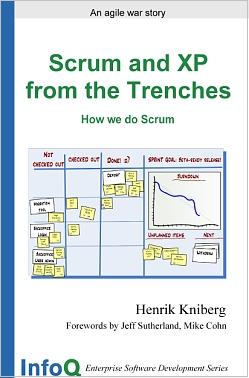Jeu de direction
After a refreshing run on the harbourfront, the conference kicks off with the French version of the Leadership Game, “Le Jeu de Direction“. I’ve played this game before with a large group. This time we can explore the leadership issues with a small group. In the game we have to build LEGO buildings in three rounds. In each round we experience a different leadership style: directive, absent and coaching.
The group quickly self-organized, divided tasks and easily picked up tasks that needed to be done. Working without a leader or a coaching leader was not very different. In larger teams, the coach would be more needed, to help the team by keeping an eye on progress, communication and the big picture. It seems that the men and women on the team played with LEGO differently.
Real Options
In the break between sessions, we have an open space chat about Real options after Chris Matts’ and Olav Maassen’s session on Real Options. Portia and I have developed a “Space Game” to experience the Real Options techniques. Some people are interested to play this game. We didn’t bring the game with us, but we’ll see if we can cobble up the game materials with some paper, bits of string and some chewing gum so that we can have a game in the Open Space room.
10 ways to screw up with Scrum and XP
 Henrik Kniberg, author of “Scrum and XP from the Trenches“, presents 10 ways to screw up agile projects and agile introduction. The presentation is humorous and Henrik is an engaging speaker. It’s fun and most of the mistakes are very basic. And yet… these are the issues that I’m confronted with daily.
Henrik Kniberg, author of “Scrum and XP from the Trenches“, presents 10 ways to screw up agile projects and agile introduction. The presentation is humorous and Henrik is an engaging speaker. It’s fun and most of the mistakes are very basic. And yet… these are the issues that I’m confronted with daily.
In coaching and consulting work I sometimes worry that we’re telling our customers obvious, basic things. Isn’t all of this Agile, Lean, Real Options and other stuff just common sense? Yes, common sense but uncommon practice. We have to get these basics right with our customers, build a solid Agile base. Then they can take it further on their own and we can move on to help another customer get the basics right.
I’ve given this book to the teams I currently coach. Most of the answers to their questions are in there.
Scrum and XP are simple.
Scrum and XP are hard.
If you want to know more, have a look at Henrik’s blog and download the slides, they are mostly self-explanatory. Or even better, go listen to Henrik at an event near you.


